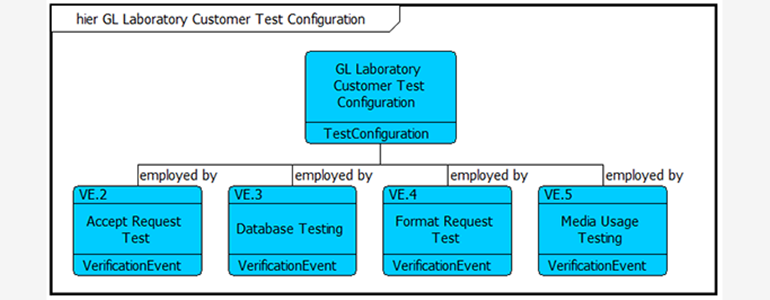As groups look to the broader potential of model-based systems engineering (MBSE), supporting test and evaluation in a MBSE environment – and model-based T&E – has become a subject of interest. This has been the subject of recent presentations at various venues including the 2016 Systems Engineering Test and Evaluation Conference and the INCOSE International Symposium.
One of the unique features of the schema used in Vitech’s methodology is the ability to support all aspects of test and evaluation planning in the MBSE model. Of particular interest to many has been how to accomplish configuration management of the testing environment.
In the schema we relate VerificationRequirements to VerificationEvents. Then, in turn, we relate a TestConfiguration to a VerificationEvent and can trace from a TestConfiguration to the Components and Links that form the particular TestConfiguration.
The schema map for this particular part of the model is as follows:
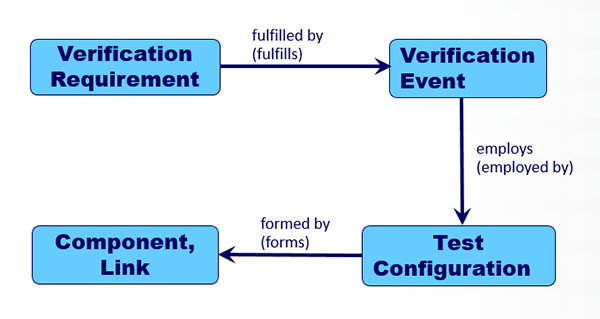
Using the relationships in the schema we can now examine the support requirements needed for any verification activity. Custom hierarchies are quick graphical queries that allow us to view a subset of the model working from a starting point (in this case a verification event) and through the relationships and target classes of interest. In the case of test configuration management, we can trace from the verification event of interest to the test configuration and then to the specific equipment (uniquely configured test equipment and cables) needed to support the verification event and complete the testing. The hierarchy can be created using the custom hierarchy selections shown below.
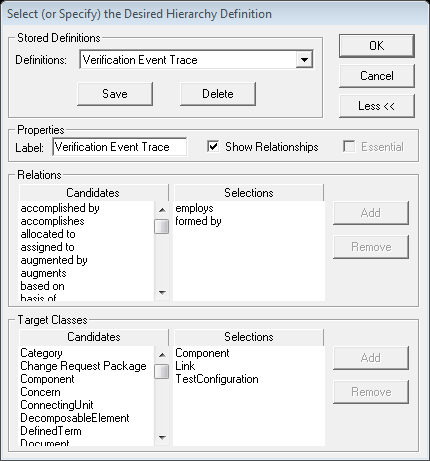
This custom hierarchy shows full traceability from the specific verification event to the necessary test configuration and then to the components and links needed to support the testing.
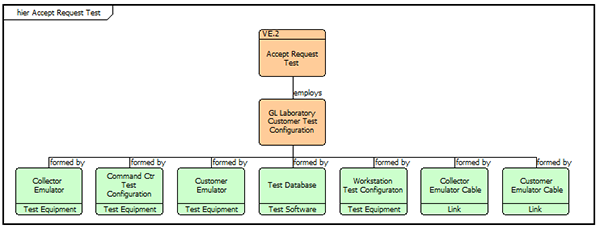
Leveraging a robust schema that addresses the breadth of systems engineering concerns within an integrated MBSE environment provides greater support beyond basic modeling. Because the model includes relationships between verification events, test configurations, and the components and links supporting the test configuration, we can easily examine the model to determine other verification events where this particular test configuration is used by creating another custom hierarchy. An example of this query is shown below.
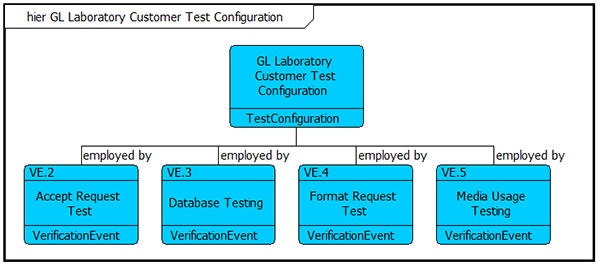
This trace shows us that we will be using the named test configuration for four different verification events during the test program.
You can create additional custom hierarchies to query the model for any number of questions arising during the system design activities or the test and evaluation program. And, in the case of CORE and GENESYS, you can leverage the same hierarchy definitions used to generate graphic queries to export the information of interest to tables in Microsoft Excel and Microsoft Word, enabling quick analysis and reporting in multiple formats (your data your way).


